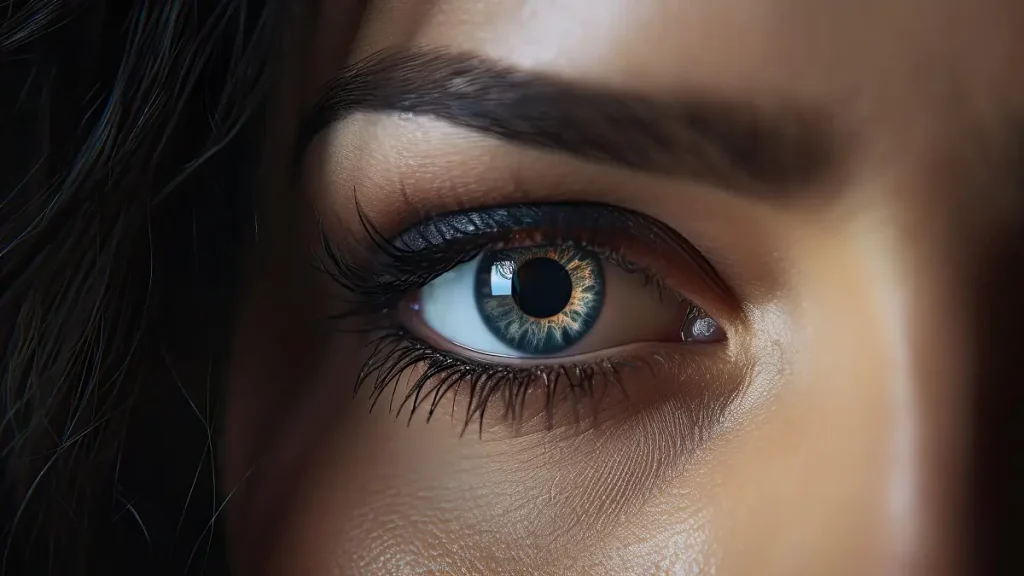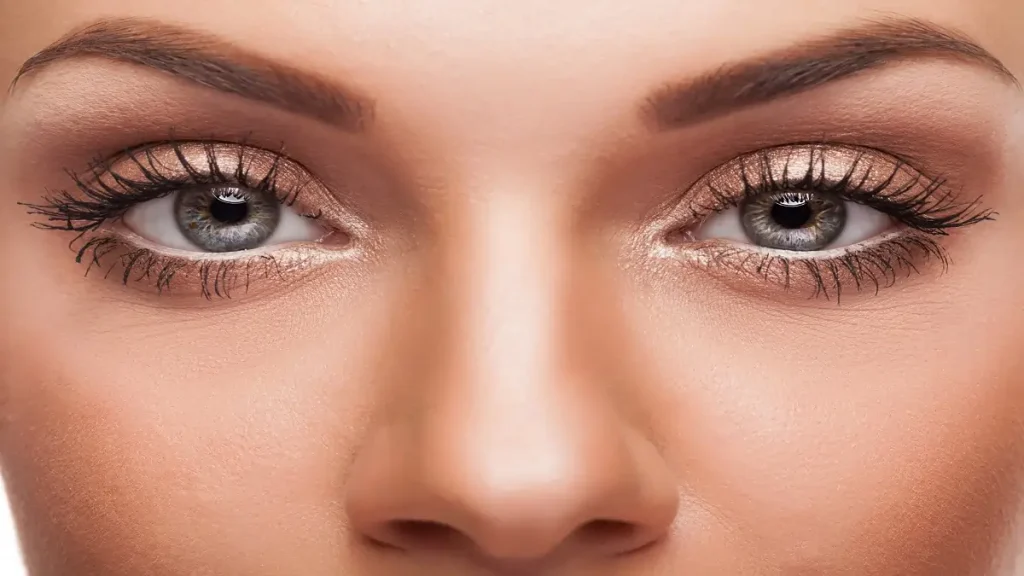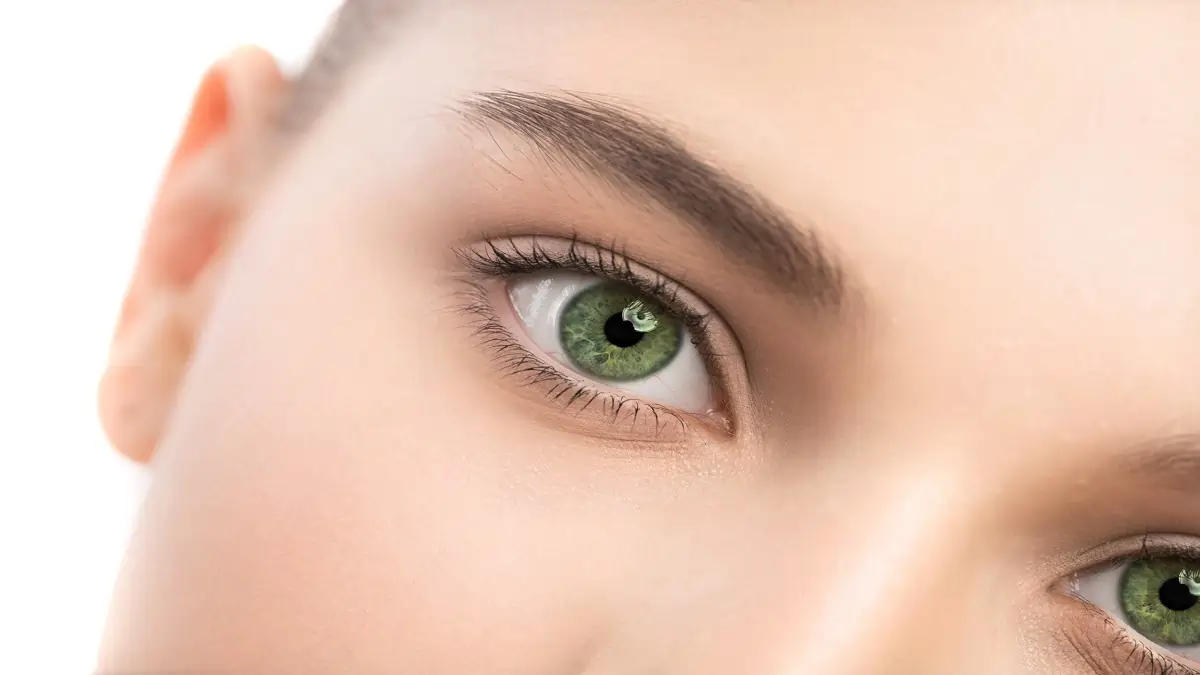Brow Lift Surgery
What Is a Brow Lift? A brow lift, also known as a forehead lift, is a cosmetic surgical procedure that aims to rejuvenate the appearance of the forehead and the brow area. As we age, the skin and muscles on our forehead tend to droop and sag, resulting in a tired or angry expression. A […]








